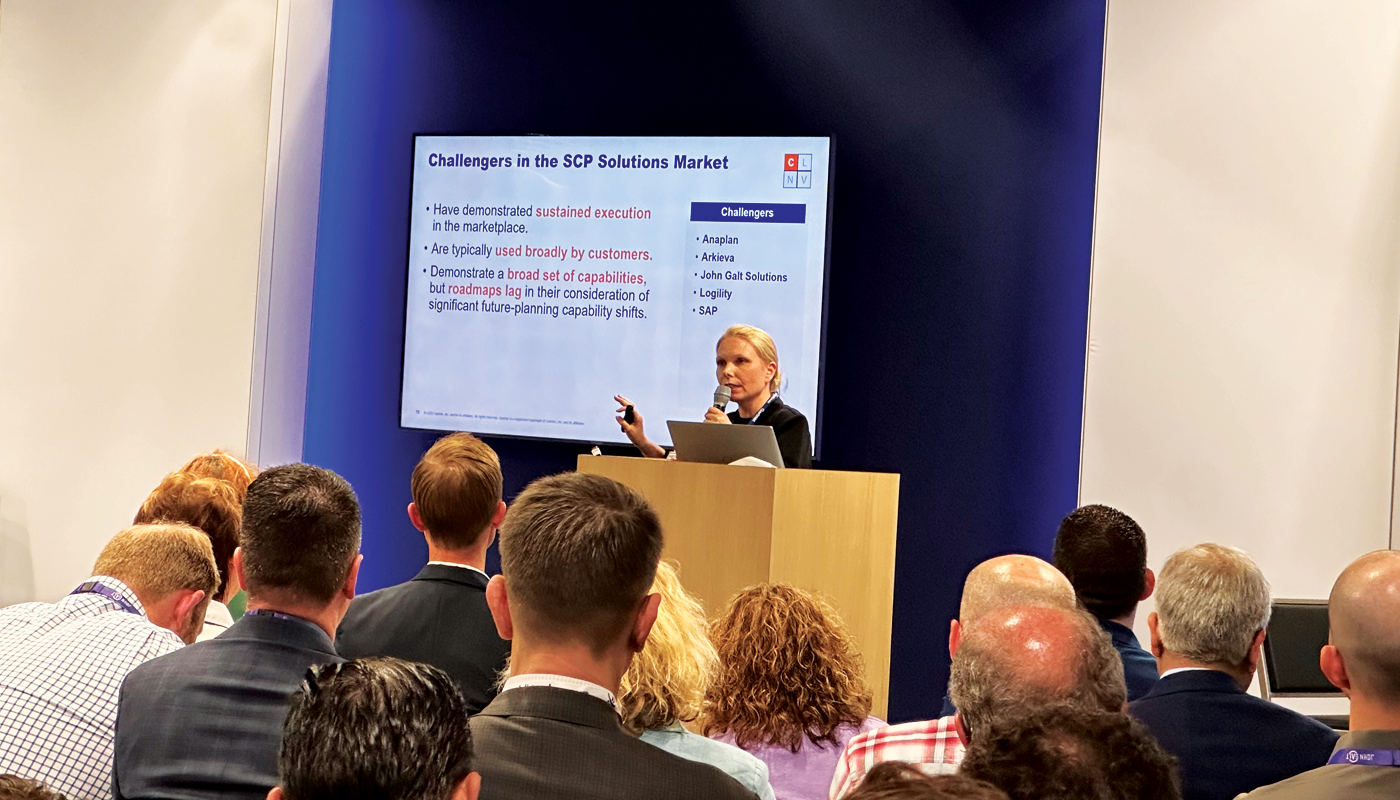I was on a call with an analyst recently. This question came up: what percentage of supply chain organizations still use spreadsheets for their supply chain planning. His estimate was greater than 50%. I estimated even a bit higher. And then we nuanced the question: what about the companies that claim to be using a system but instead do the planning in Excel and then copy-paste the data into the said system. We agreed that it would be a higher percentage although we did not go into estimating a percentage.
In Arkieva’s line of work, we often see companies wanting to make the transition from spreadsheet-based planning to a best-of-breed supply chain planning system like Arkieva. There is often a question about where to start, what the foundational elements are, and which are the more advanced elements. The conversation is not helped at all by all the keywords that they might have picked up in conferences and trade press; phrases such as Demand Sensing, Demand Shaping, Optimization, Artificial Intelligence, Machine Learning, Real-time integration, etc. Are these the types of functions/features needed on day one? Are these the types of technologies that our users might be able to understand? Interact with? Derive value from? Get ready for the next step in the evolution?
The answer obviously depends on the stage a company is at. A company with planners who are experienced, possibly certified in planning methodologies, and with years of experience under their belts in terms of using supply chain planning software tools should probably be looking at more advanced supply chain planning tools. On the other hand, companies that use an ERP system for transactions but are primarily using spreadsheets for supply chain planning should aim for more foundational software tools.
In our experience, companies of all sizes and complexities can be in these different stages. A very common scenario is a centrally mandated companywide ERP tool accompanied by spreadsheets that have been developed by individual business units. In fact, it can be worse than that: there could be individual spreadsheets that were developed by different departments within the same business units. At the turn of every event in the planning cycle, these spreadsheets are emailed back and forth to communicate the information to the stakeholders. There is no real integration to the data sources, and between the interacting spreadsheets. The integration is often done manually via copy and paste.
When we interact with companies in this type of situation, a question that often gets asked is about the sequence of steps a company should take to get on the road to sales and operations planning. The need is often described as a desire for a prescriptive set of steps to follow. At Arkieva, we believe that the series of steps to follow is to implement software tools that would help you to:
- Understand your customer demand
- Analyze Inventory
- Create a Demand Plan
- Balance Supply and Demand
- Implement S&OP
- Schedule your activities
- Implement Available and Capable to Promise as appropriate
Sometimes companies find some of the steps in this prescribed sequence are not really needed, which is perfectly fine, but knowing these steps is important when deciding on what is needed and what is not.
In my upcoming webinar, A Practical Guide for Improving Sales and Operation Planning, I will discuss a step-by-step approach on how to successfully implement and improve your S&OP process. Hope to see you there!
Enjoyed this post? Subscribe or follow Arkieva on Linkedin, Twitter, and Facebook for blog updates.





